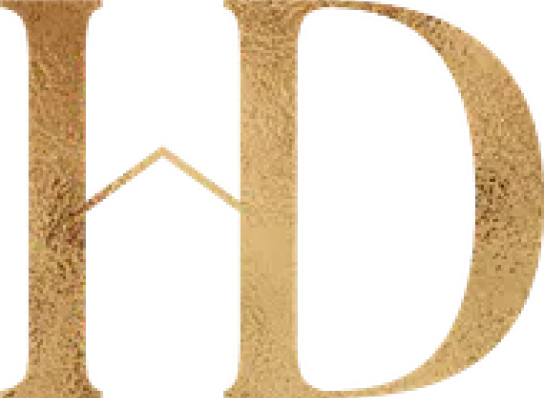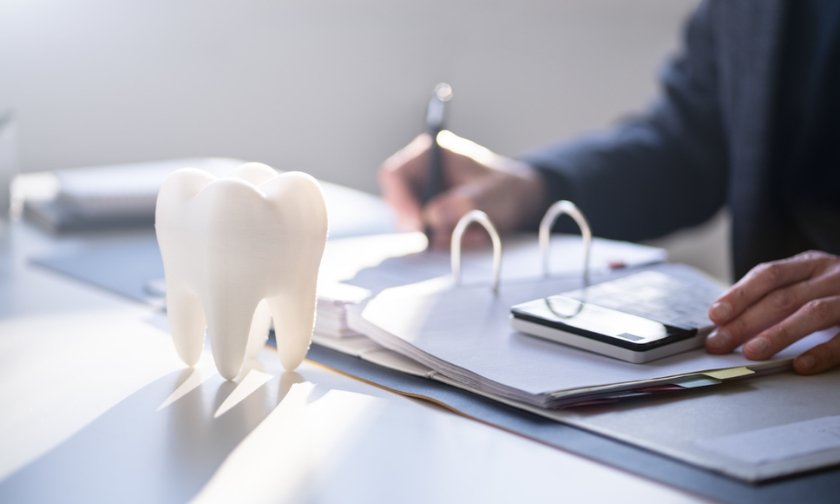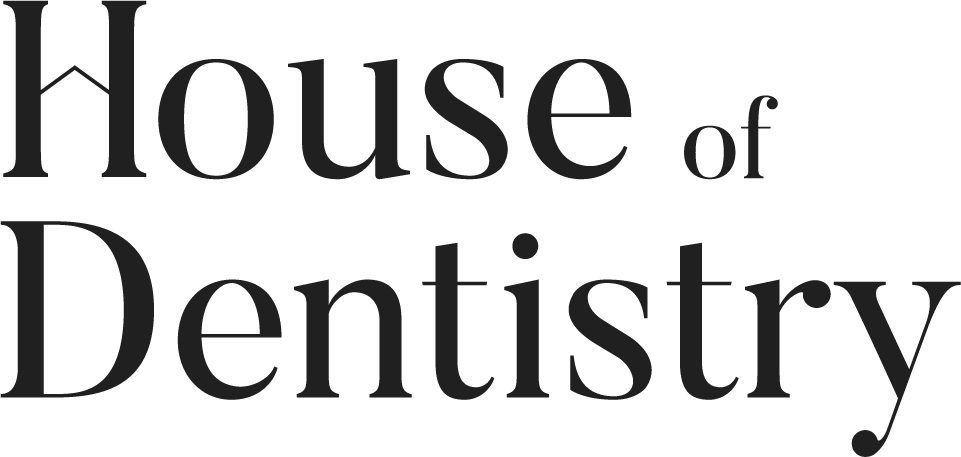

The pooling of blood in your mouth, the weird taste, and the eerie sensation of an empty socket—it’s not fun. But what follows is important even more. Rinsing your mouth after a tooth removal isn’t all about breath; it’s about healing correctly, staying away from throbbing infections, and returning to normal as quickly as possible.
Most individuals think water rinse is sufficient, but others overdo it with harsh brushing. Both have complications. For you to have a smooth post-tooth extraction recovery, understanding the proper techniques makes everything better. Let’s demystify and make sure you’re properly cleaning your mouth without interfering with healing.
The First 24 Hours: Handle with Care
Your mouth must heal enough to create a protective blood clot over the area where the tooth was removed. Messing with it may result in dry socket—a painful, painful condition where the bone and nerves are exposed.
- Skip the rinse: Do not rinse, spit, or swish liquids too vigorously during the first 24 hours.
- Ditch the straw: Sucking on a straw puts pressure on the area that can push out the clot.
- Let saliva work its magic: If you notice extra saliva or blood accumulation, lightly let it ooze out—no spitting.
- Hands off: No poking, investigating, or checking with your tongue.
After 24 hours, gentle rinsing is okay. But not any kind of rinse—a saltwater rinse is your way to go.
- Mix it correctly: Blend warm water with approximately half a teaspoon of salt.
- Be delicate: Swish the solution gently, allowing it to soak the area rather than vigorously moving it about.
- Follow the routine: Rinse 2-3 times daily, particularly after meals.
Don’t delay your visit to the dentist in Metuchen if you notice sudden heavy bleeding or intense pain out of the blue.
Brushing and Flossing: Do It, But Do It Correctly
While it might seem tempting to ditch brushing and flossing post-extraction, the best for your oral health is continuing them with caution.
- Use a soft-bristled toothbrush: Do not rub the surgery site. Brush your mouth while maintaining ample distance from the operation site.
- No aggressive rinsing afterward: Allow the toothpaste to dissolve naturally rather than aggressively spitting it out.
Eating Without Slowing Down the Healing Process
Food bits may become lodged in the extraction area and lead to irritation or infection. Plan your diet with foods that pose no threat to the extraction site. Foods like mashed potatoes, yogurt, scrambled eggs, and smoothies can be the perfect combination for you.
- Chew on the other side: Avoid putting food near the healing site whenever possible.
- Rinse your mouth after a meal: Let plain water or saltwater rinse aid in sweeping away debris while not disturbing the healing process.
- Stay away from sticky, crunchy foods: Chips, nuts, and gum candies may make the area in your mouth sting or become caught in the socket.
Signs Your Mouth Needs More Care
Despite doing everything right, complications can still arise. Watch for indications that something is amiss.
- Bad breath or unpleasant taste persisting: This may be a sign of an infection.
- Excessive bleeding: A small amount of oozing is okay, but profuse bleeding after the initial hours isn’t.
- Throbbing pain that increases: If the pain worsens rather than improves, dry socket is the likely culprit.
- Swelling that doesn’t resolve: Some swelling is normal, but it should improve gradually after a couple of days.
Recovery post-tooth extraction does not have to be a challenge. Following the right course of action helps you maintain a clean, fresh mouth and stay on the path to an easy recovery.


